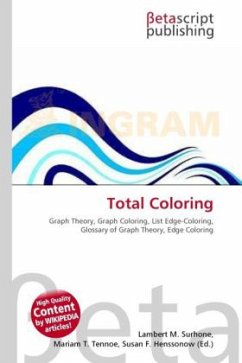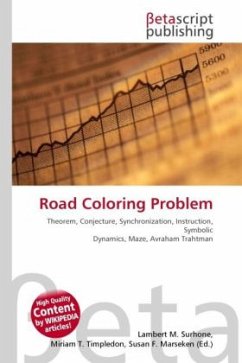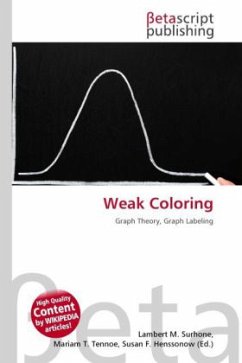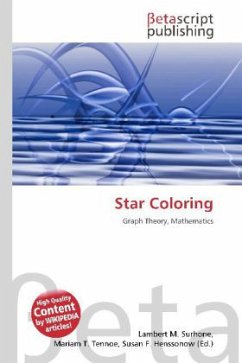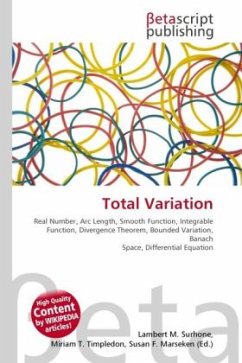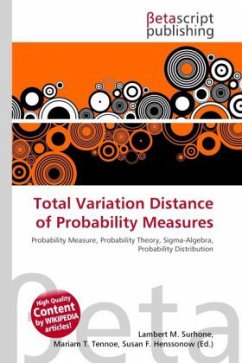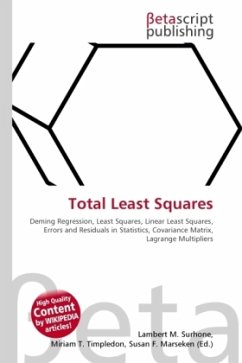High Quality Content by WIKIPEDIA articles! In graph theory, total coloring is a type of coloring on the vertices and edges of a graph. When used without any qualification, a total coloring is always assumed to be proper in the sense that no adjacent vertices, no incident edges, and no edge and its endvertices are assigned the same color. The total chromatic number (G) a graph G is the least number of colors needed in any total coloring of G. The total graph T = T(G) of a graph G is a graph such that (i) the vertex set of T corresponds to the vertices and edges of G and (ii) two vertices are adjacent in T if and only if their corresponding elements are either adjacent or incident in G. Then total coloring becomes a (proper) vertex coloring of the total graph.
Bitte wählen Sie Ihr Anliegen aus.
Rechnungen
Retourenschein anfordern
Bestellstatus
Storno

